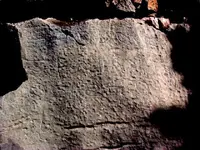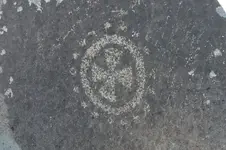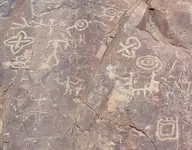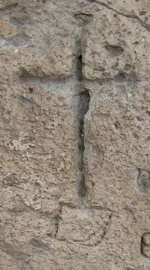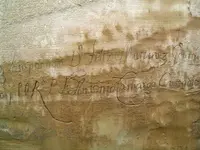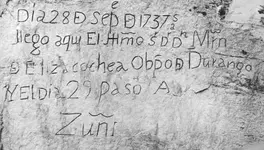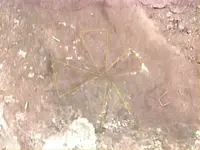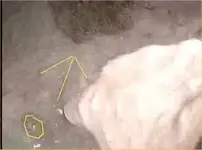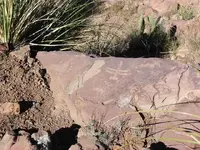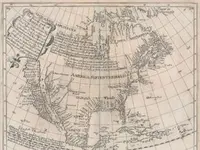I cannot say I am up to speed as such with this topic. I am not quite sure to make of this treasure legend. There seems to be a lot of assumptions of treasure. Some claim Nazi connection, other claims Spanish or Jesuit or perhaps connected to 1906 labour wars? I am not any clearer from when I started. Perhaps like with all treasure legends just when you think you got it figgured. Like a pole dancer it slaps you in face.

Crow
Hi Crow,
I am not sure about that pole slapping thing. I just hope there aren't any pictures.
Seriously, this one is a basic treasure that has been over complicated. It is easily traceable in history.
Here is the gist of it. The Spaniards mined precious metals in the US in the mid/late 1500s. They had to store the smelted items (bars, crosses, etc.) somewhere until they had enough to justify a full boat load going back to Spain. Due to a variety of incidents including Indian uprisings, slave revolts, and being run out after the incident with the French, these cache sites were quickly sealed and marked with the intent to return. The map shows the latitude and pattern where the cache sites were. Unfortunately, the return recovery never occurred. Several have already been recovered. Some are still out there.
The map actually makes more sense once one gains the skills to utilize a sextant for celestial navigation. Once in the area, landmarks trail signs lead to the locations. If one has 'eyes to see' they can follow the signs. Miss one, and well, off course. Oh, and don't forget to account for declination.
I have some hand written letters by Karl Von Mueller (Dean Miller) and he talks about making a recovery of Spanish silver bars from the LUE location recovery at Black Lake. Karl first saw the map when Hardrock Hammond brought him a copy of 'Spanish Trail of Gold' written by Robert O. Burch in 1935. (Its a 36 page self-published document that was not filed with the Library of Congress.) He quickly redrew the map and later published it in his TH Manual #7.
Note that the map has some encryption that requires the IAYAYAM key to filter. You can break the map without the cypher though. Also, as with many Spanish maps of the time, North is to the right instead of the top as with current ones.
Patrick

